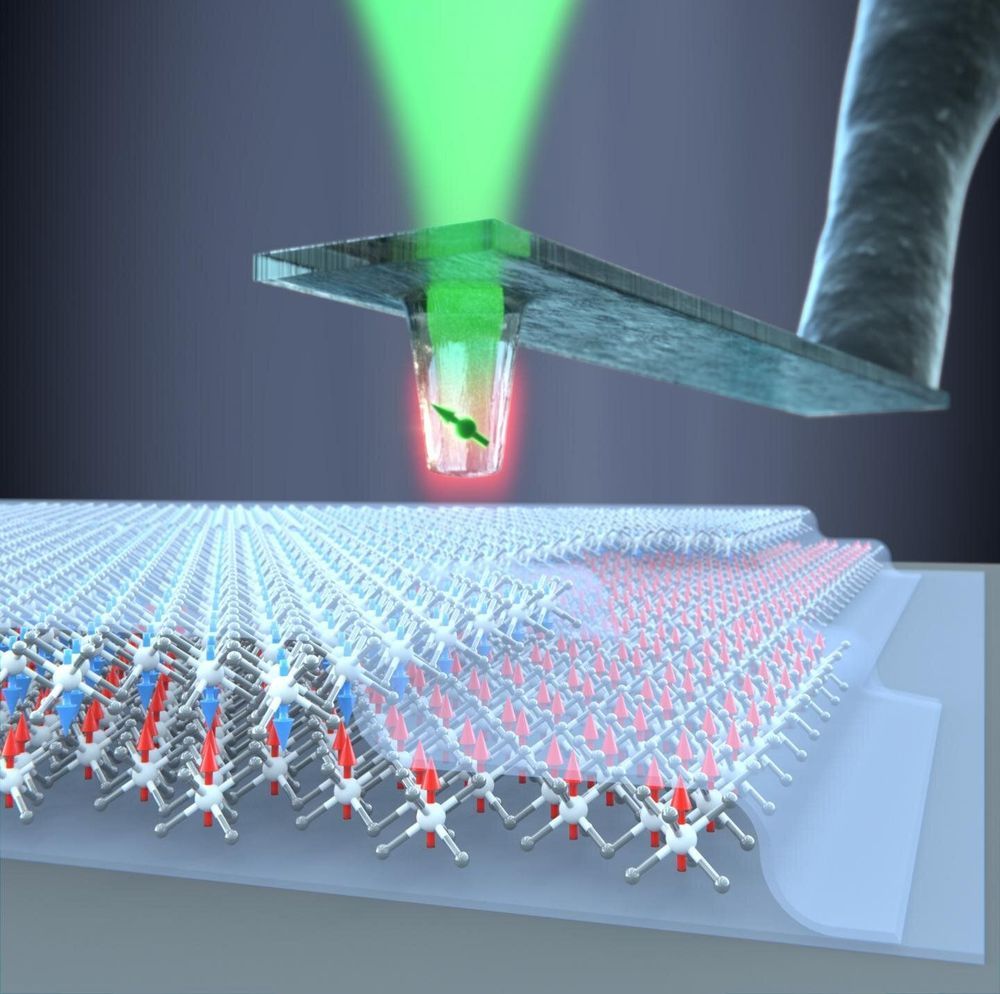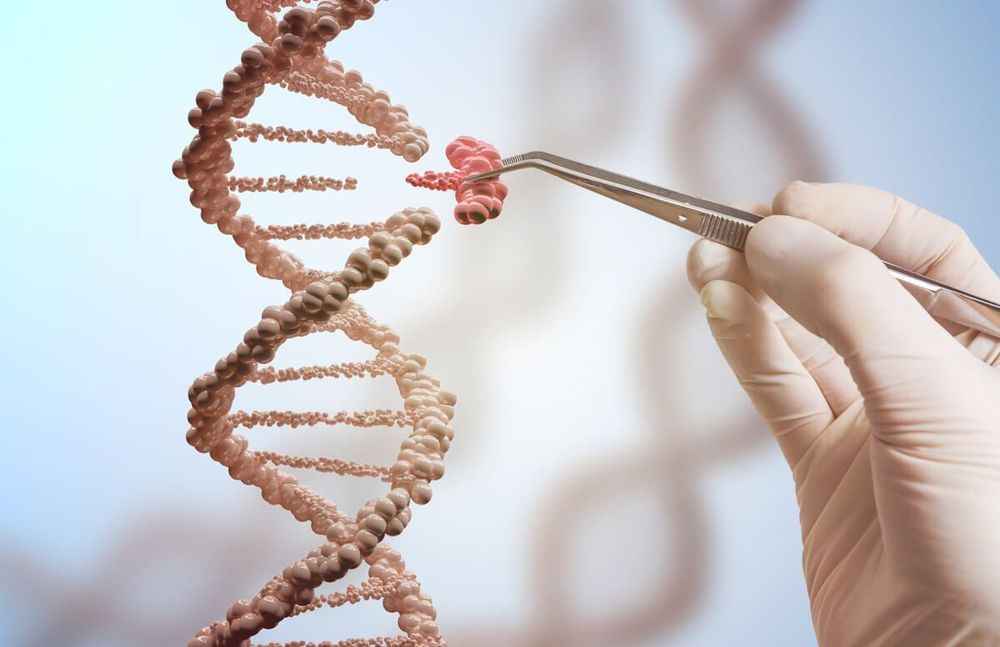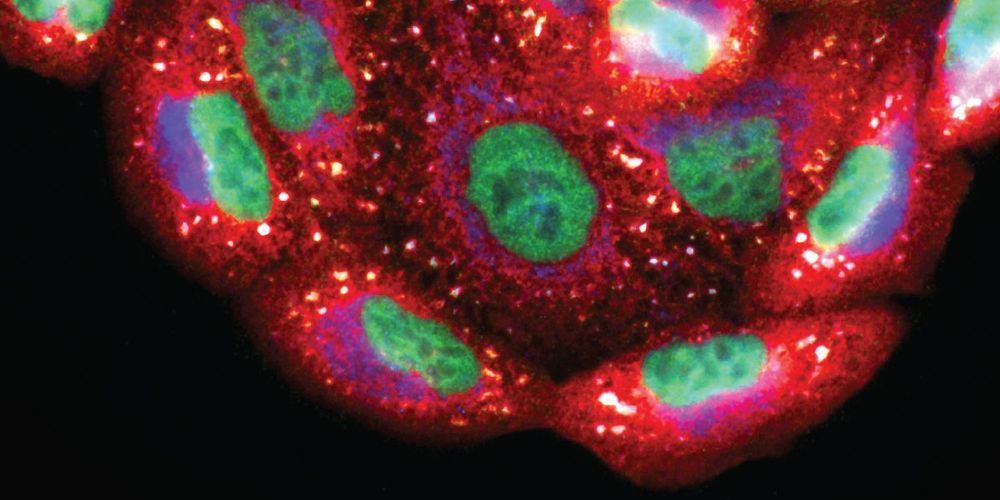The Defense Advanced Research Projects Agency (DARPA) is reportedly interested in a new wirelessly-connected contact lens recently unveiled in France, the latest in the agency’s ongoing search for small-scale technology to augment U.S. service members’ visual capabilities in the field.
Get the latest international news and world events from around the world.

Blue Origin tweeted a cryptic photo of explorer Shackleton’s ship – here’s what it likely means
Blue Origin, the space company founded by Amazon chairman Jeff Bezos, shared a cryptic photo of famed explorer Ernest Shackleton’s expedition in a tweet on Friday.
But, with only the date of May 9 in the photo’s caption, the company left the context for the post unexplained. One likely meaning is the possible connection between Shackleton’s expedition and Blue Origin’s bid to send astronauts back to the surface of the moon.

The U.S. Military: Like the French at Agincourt?
“The traditional model of U.S. military power is being disrupted, the way Blockbuster’s business model was amid the rise of Amazon and Netflix,” Brose writes. “A military made up of small numbers of large, expensive, heavily manned, and hard-to-replace systems will not survive on future battlefields, where swarms of intelligent machines will deliver violence at a greater volume and higher velocity than ever before.”
America risks a catastrophic defeat if it doesn’t radically change the way it thinks about war.
This Martian Greenhouse Concept Just Won a NASA Award
The hydroponic structure could allow astronauts to grow their own food on the desolate Martian surface. It’d cultivate up to eight food crops could be grown inside a rotating system that could serve up 3100 calories per day for four astronauts over a 600 day excursion to the Red Planet.
It’d grow kale, soy, sweet potato, potato, broccoli, strawberry, wheat, and chufa. A massive tank filled with a nutrient solution under the ceiling feeds a circular system of crop trays with the help of gravity. LEDs make sure that the plants get enough sunlight.

Unprecedented insight into two-dimensional magnets using diamond quantum sensors
For the first time, physicists at the University of Basel have succeeded in measuring the magnetic properties of atomically thin van der Waals materials on the nanoscale. They used diamond quantum sensors to determine the strength of the magnetization of individual atomic layers of the material chromium triiodide. In addition, they found a long-sought explanation for the unusual magnetic properties of the material. The journal Science has published the findings.
The use of atomically thin, two-dimensional van der Waals materials promises innovations in numerous fields in science and technology. Scientists around the world are constantly exploring new ways to stack different single atomic layers and thus engineer new materials with unique, emerging properties.
These super-thin composite materials are held together by van der Waals forces and often behave differently to bulk crystals of the same material. Atomically thin van der Waals materials include insulators, semiconductors, superconductors and a few materials with magnetic properties. Their use in spintronics or ultra-compact magnetic memory media is highly promising.

New Gene Therapy Could Slow Aging in Humans
(Editor’s note: This podcast is from The Not Old – Better Show.)
As part of our Inside Science and Technology interview series, today’s show is an interview with Dr. Pradeep Reddy, a research scientist at the Salk Institute for Biological Studies.
As we all know in the Not Old Better Show audience, aging is a leading risk factor for a number of debilitating conditions, including heart disease, cancer and Alzheimer’s disease, to name a few. This makes the need for anti-aging therapies all the more urgent. Now, Salk Institute researchers have developed a new gene therapy that is showing promise as a possible way to decelerate the aging process in humans. It uses CRISPR genome-editing technology.
Researchers develop new class of anti-ice surfaces
Scraping an icy windshield can be a seasonal struggle for those that live in colder climates. But engineers from UBC’s Okanagan campus are aiming to ease that winter frustration with a new surface coating that can shed ice from large areas using little effort.
The new anti-ice coating is a new class of surfaces called low interfacial toughness (LIT) materials and were developed by UBC Okanagan researchers in a new study published this week in the journal Science.
“For those experienced in the early morning windshield scrape, it should come as no surprise that it normally takes quite a lot of force to remove large areas of ice,” explains Kevin Golovin, assistant professor at the UBCO School of Engineering and study lead author. “That’s not the case with LIT materials. Imagine simply brushing the ice away or letting it sliding off the windshield from its own weight—that’s how effective LIT materials can be.”

Adult Cardiac Stem Cell Aging: A Reversible Stochastic Phenomenon?
Aging is by far the dominant risk factor for the development of cardiovascular diseases, whose prevalence dramatically increases with increasing age reaching epidemic proportions. In the elderly, pathologic cellular and molecular changes in cardiac tissue homeostasis and response to injury result in progressive deteriorations in the structure and function of the heart. Although the phenotypes of cardiac aging have been the subject of intense study, the recent discovery that cardiac homeostasis during mammalian lifespan is maintained and regulated by regenerative events associated with endogenous cardiac stem cell (CSC) activation has produced a crucial reconsideration of the biology of the adult and aged mammalian myocardium. The classical notion of the adult heart as a static organ, in terms of cell turnover and renewal, has now been replaced by a dynamic model in which cardiac cells continuously die and are then replaced by CSC progeny differentiation. However, CSCs are not immortal. They undergo cellular senescence characterized by increased ROS production and oxidative stress and loss of telomere/telomerase integrity in response to a variety of physiological and pathological demands with aging. Nevertheless, the old myocardium preserves an endogenous functionally competent CSC cohort which appears to be resistant to the senescent phenotype occurring with aging. The latter envisions the phenomenon of CSC ageing as a result of a stochastic and therefore reversible cell autonomous process. However, CSC aging could be a programmed cell cycle-dependent process, which affects all or most of the endogenous CSC population. The latter would infer that the loss of CSC regenerative capacity with aging is an inevitable phenomenon that cannot be rescued by stimulating their growth, which would only speed their progressive exhaustion. The resolution of these two biological views will be crucial to design and develop effective CSC-based interventions to counteract cardiac aging not only improving health span of the elderly but also extending lifespan by delaying cardiovascular disease-related deaths.
Over the last decades, average life expectancy has significantly increased worldwide although several chronic diseases continue to grow, with aging as their main risk factor [1]. Aging is a natural and inevitable degenerative process of biological functions characterized by the progressive decline in tissue and organ homeostasis and function. Despite the significant improvements in diagnosis and treatment, the majority of individuals older than 65 years of age suffer from an elevated risk to develop cardiovascular diseases (CVDs), with a decline in the quality of life and in the ability to perform the normal activities of daily living [1]. Aging produces numerous changes in the human heart at structural, molecular, and functional levels [2].
The Glass Age, Part 1: Flexible, Bendable Glass
Circa 2014
Be amazed as Adam Savage and Jamie Hyneman introduce us to a whole new way of thinking about glass. Learn the history of glass innovation and watch incredible demonstrations of bendable optical fiber and thin, ultra-flexible glass. This is the Glass Age, where materials science is constantly pushing boundaries and creating new possibilities for glass-enabled technology and design. See how glass is shaping the future at www.TheGlassAge.com
Presented by Corning.